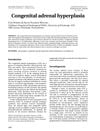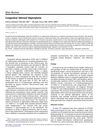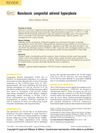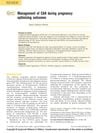Diagnostic Imaging in Congenital Adrenal Hyperplasia: How Does It Help?
April 2020
in “
Clinical endocrinology and metabolism journal
”
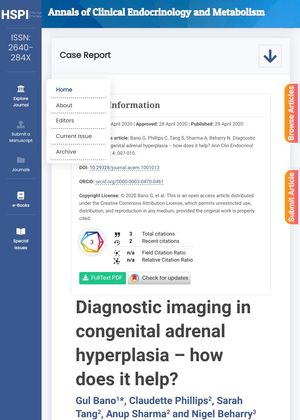
TLDR Imaging helps detect adrenal gland issues and monitor treatment in congenital adrenal hyperplasia, and can identify tumors affecting fertility.
The case report from April 2020 discussed the role of diagnostic imaging in managing congenital adrenal hyperplasia (CAH), a genetic disorder affecting cortisol biosynthesis. The report presented two cases where imaging played a crucial role in diagnosis and management. It concluded that imaging can detect incidental adrenal enlargement, alerting clinicians to underlying subclinical conditions, and can also help in defining the adequacy and compliance of treatment in patients with CAH. The document also highlighted the importance of early detection of testicular adrenal rest tumors (TART), which can lead to fertility impairment and testicle damage if not treated intensively. It suggested that bilateral adrenalectomy could be a viable alternative for patients who had unsatisfactory outcomes with conventional medical management. The document concluded that screening for CAH should be undertaken in patients presenting with multiple adrenal adenomas with hyperandrogenism or Middle East origin, as they may be at increased risk of developing adrenal myelolipomas, especially if their CAH is poorly controlled.

